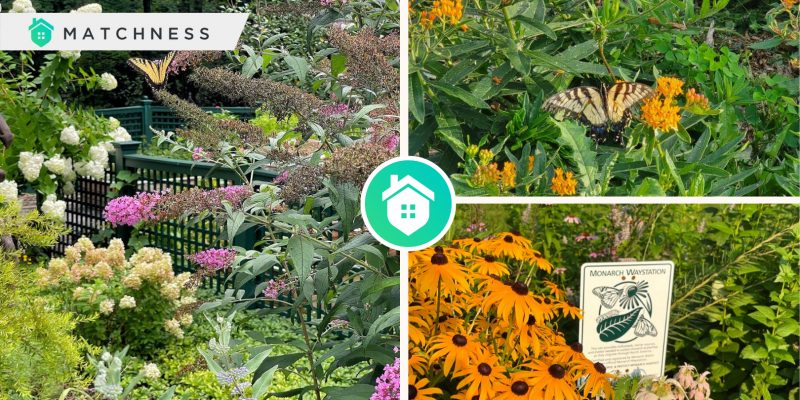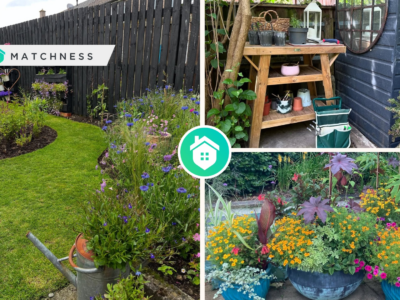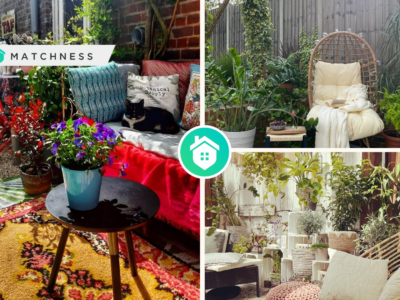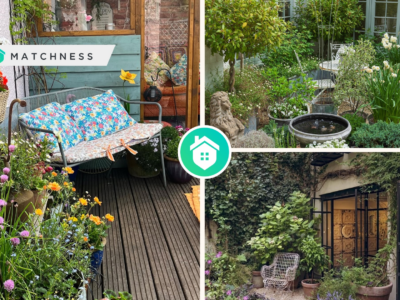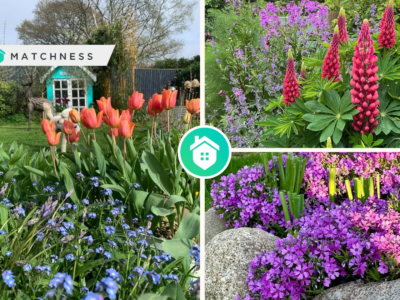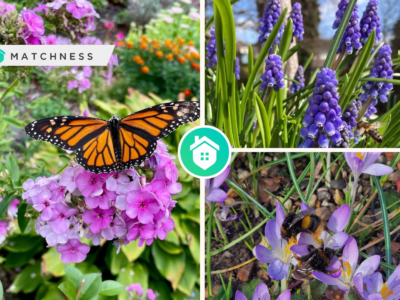Imagine if you have a beautiful garden that can attract pollinators such as butterflies, bees, and hummingbirds. Not only would your garden be a vibrant and colorful oasis, but it would also play a crucial role in supporting local ecosystems and biodiversity. And, butterfly gardens are a great place to try your hand at gardening. Butterfly gardens provide a beautiful and colorful habitat for butterflies to thrive, while also attracting other pollinators such as bees and hummingbirds.

This garden design can be relatively easy to create with the right plants and resources, making it a rewarding and environmentally friendly project for any nature lover. Even if you are a beginner. By choosing native plants and incorporating a variety of flowers that bloom at different times, you can ensure a continuous food source for these pollinators throughout the seasons. Additionally, maintaining a pesticide-free environment will help protect the delicate balance of your butterfly garden.
What is a butterfly garden?
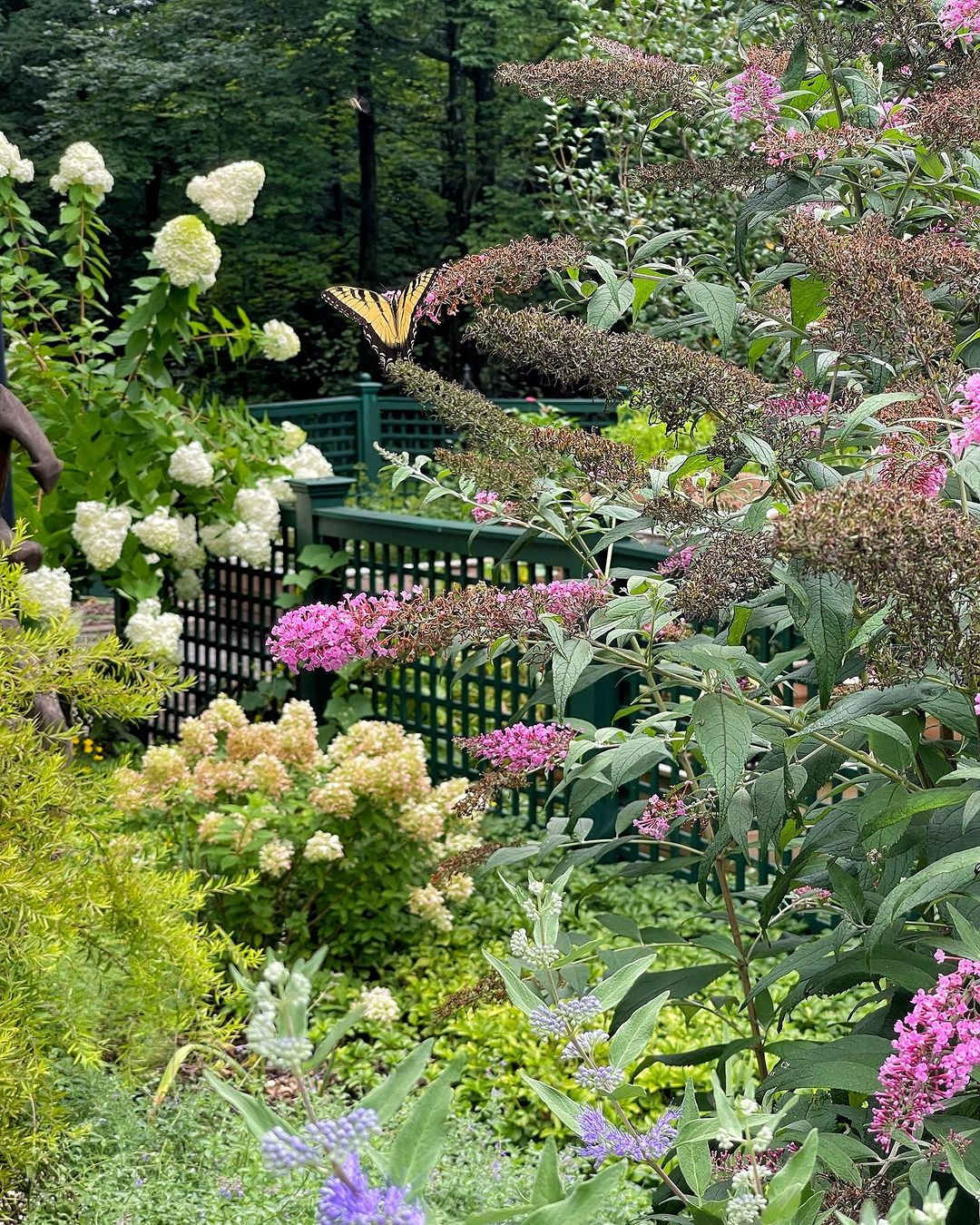
Butterfly garden from @bricksnblooms
A butterfly garden is a designated area specifically designed to attract and support butterflies. These gardens typically feature a variety of nectar-rich flowers, host plants for caterpillars, and other elements that provide food, shelter, and breeding opportunities for butterflies. In addition to being beautiful spaces, butterfly gardens also play a crucial role in conservation efforts by helping to protect and preserve butterfly populations. They can be found in parks, botanical gardens, and even private yards.
Here are some low-maintenance butterfly garden designs for beginners.
Selecting the Right Plants
Choosing native plant species that attract butterflies
As a beginner, the first step that you can do is to choose native plant species that attract butterflies. This step is an important thing to make a butterfly garden. Native plant species are more likely to thrive in your local environment, providing a sustainable food source for butterflies. For example, you can plant milkweed, coneflowers, and black-eyed susans to attract monarchs, swallowtails, and painted ladies. These plants are also low maintenance and require less water, making them ideal for beginner gardeners.
- Milkweed
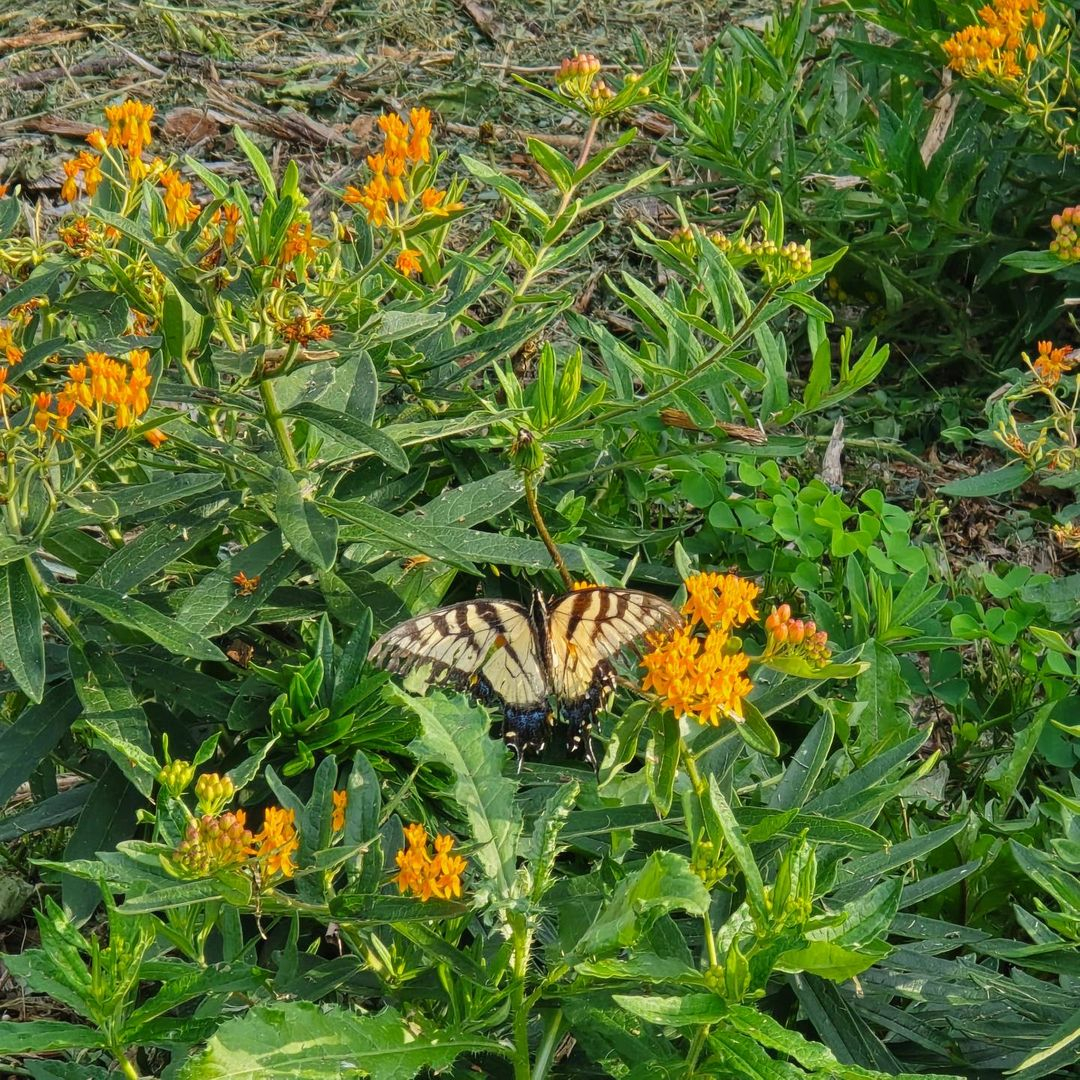
Milkweed is one of the native plants that will attract monarch butterflies to your garden. Its vibrant flowers provide nectar for adult butterflies, while the leaves serve as food for their caterpillars. Milkweed from @whittacresnatureathome
- Zinnias
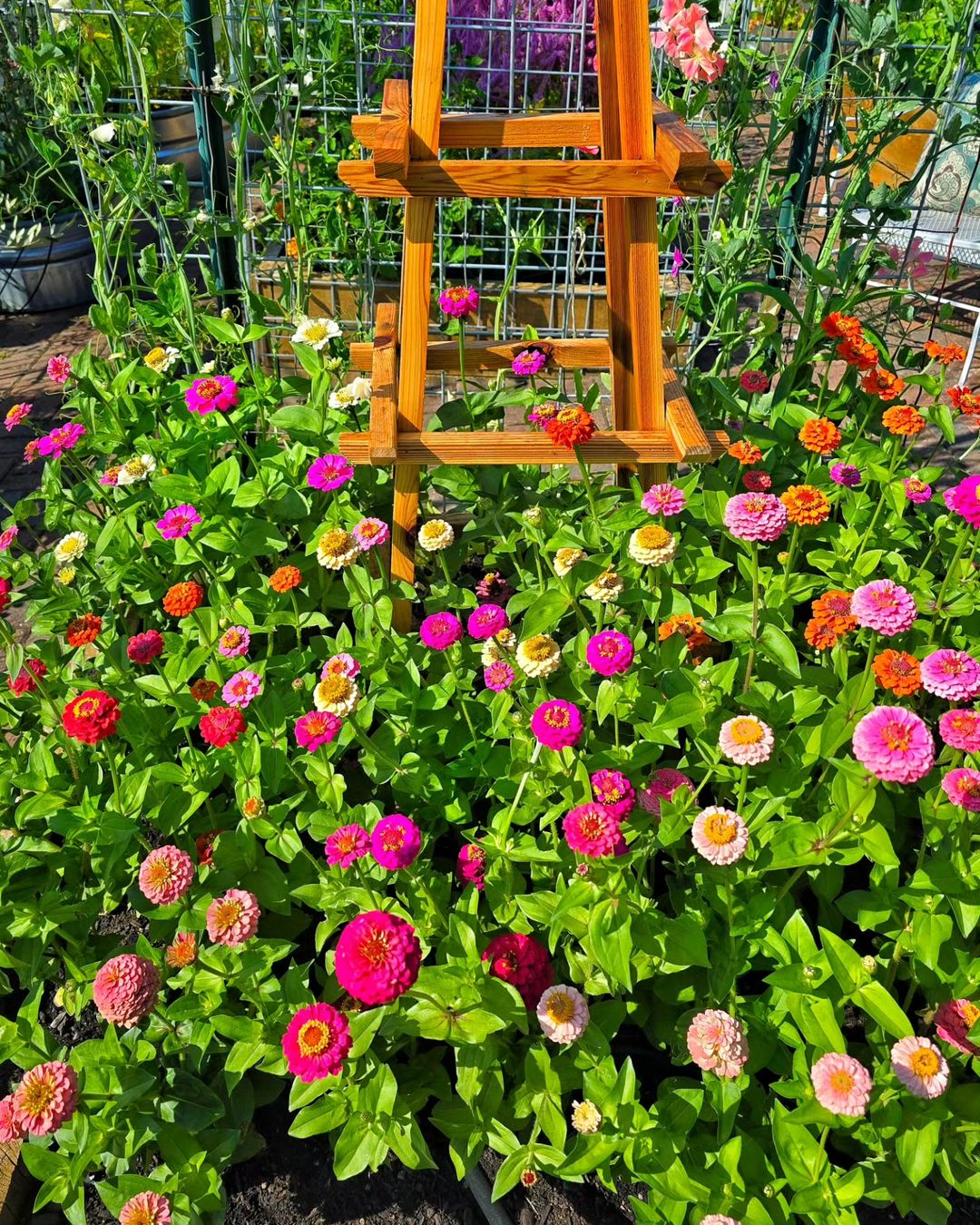
Zinnias are one of the most popular choices for gardeners due to their vibrant colors and long-lasting blooms. They are easy to grow from seed and attract pollinators such as butterflies and bees to the garden, making them a favorite for those looking to create a pollinator-friendly space. Zinnias from @shiplapandshells
- Coneflowers
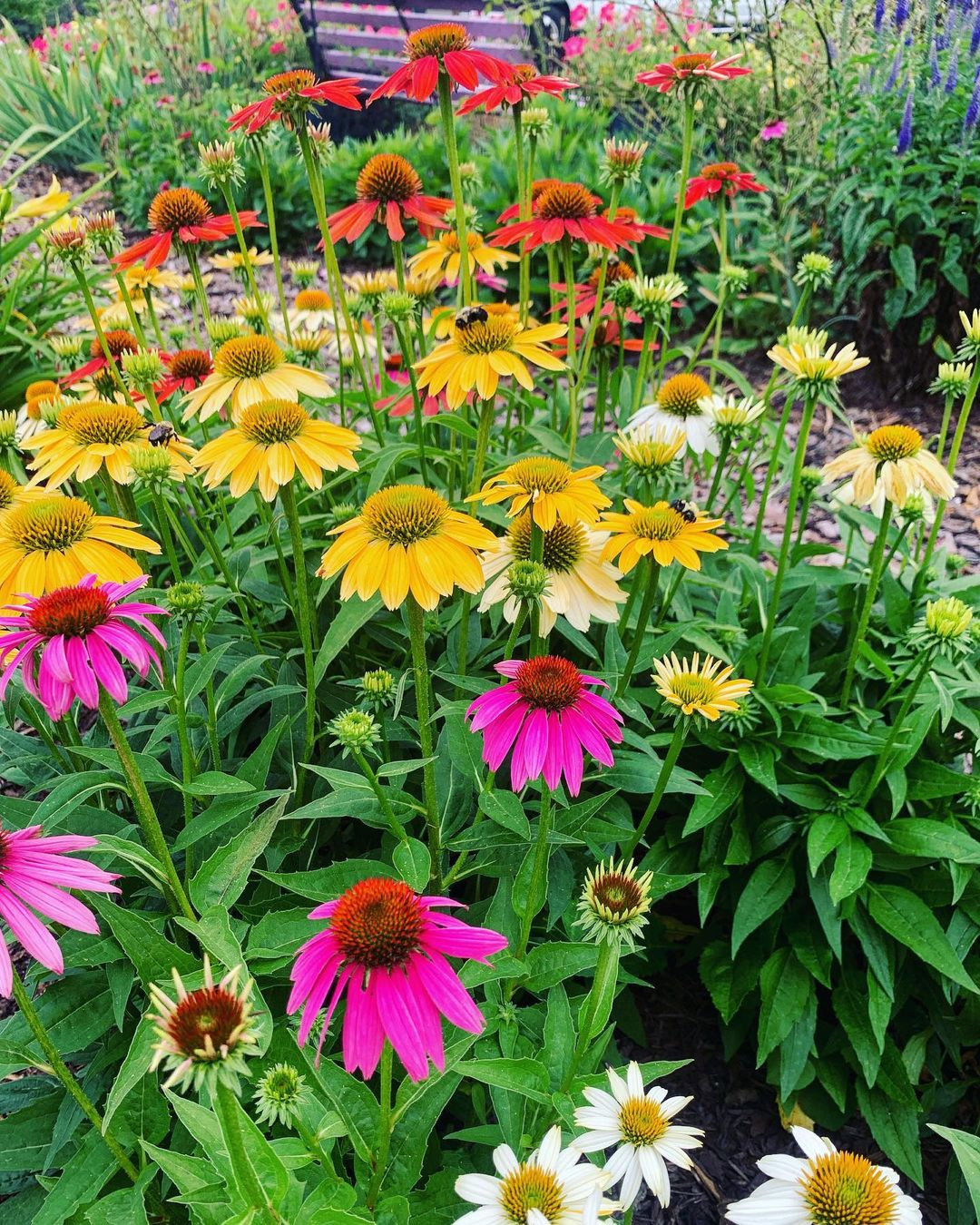
Conflowers not only attract butterflies and bees with their bright colors and sweet nectar, but they also provide a valuable food source for other pollinators in the garden ecosystem. Their long blooming period ensures a steady supply of pollen and nectar throughout the season. Coneflowers from @karen.gilley
- Black-eyed susan
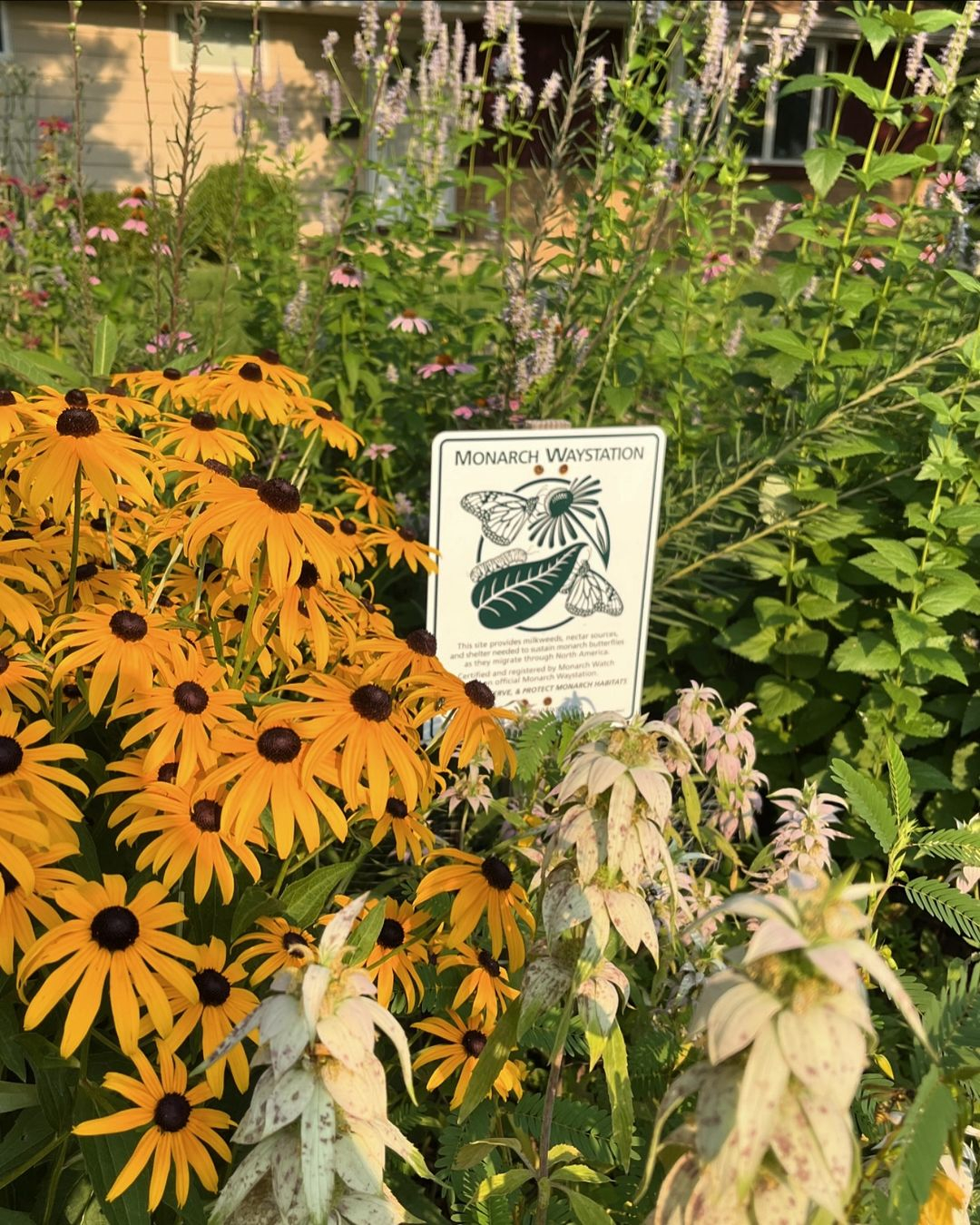
Planting black-eyed susans will provide food and shelter for monarch butterflies, as they are attracted to the nectar of the flowers. Additionally, black-eyed susans are low-maintenance and drought-tolerant, making them a great choice for a sustainable garden. Black-eyed susan from @bombus_infinitus
Incorporating a variety of plants
In addition to planting native plants, incorporating a variety of plants will provide food and shelter for butterflies. This will help attract a diverse range of butterfly species to your garden, creating a more vibrant and dynamic ecosystem. Consider including flowering plants with different blooming periods to ensure a continuous food source for butterflies throughout the seasons. Additionally, having a mix of host plants for caterpillars and nectar plants for adult butterflies will support their entire life cycle. This diversity will not only enhance the beauty of your garden but also contribute to the overall health of the butterfly population in your area.

Planting a variety of plants that will attract pollinators is an important thing when designing a butterfly garden. These plants can include nectar-rich flowers like milkweed, coneflower, and butterfly bush. Additionally, incorporating host plants for caterpillars to feed on will help support the entire life cycle of butterflies in your garden. Variety of plants from @chatsworthhorticultural
Designing the Garden Layout
Create a simple layout
As a beginner, you can design your butterfly garden in a simple layout that is easy to maintain. You can start by selecting a sunny location with well-drained soil and incorporating a variety of colors and heights to attract different butterfly species. By providing shelter, water sources, and avoiding the use of pesticides, you can create a welcoming habitat for these beautiful insects to thrive in your garden.
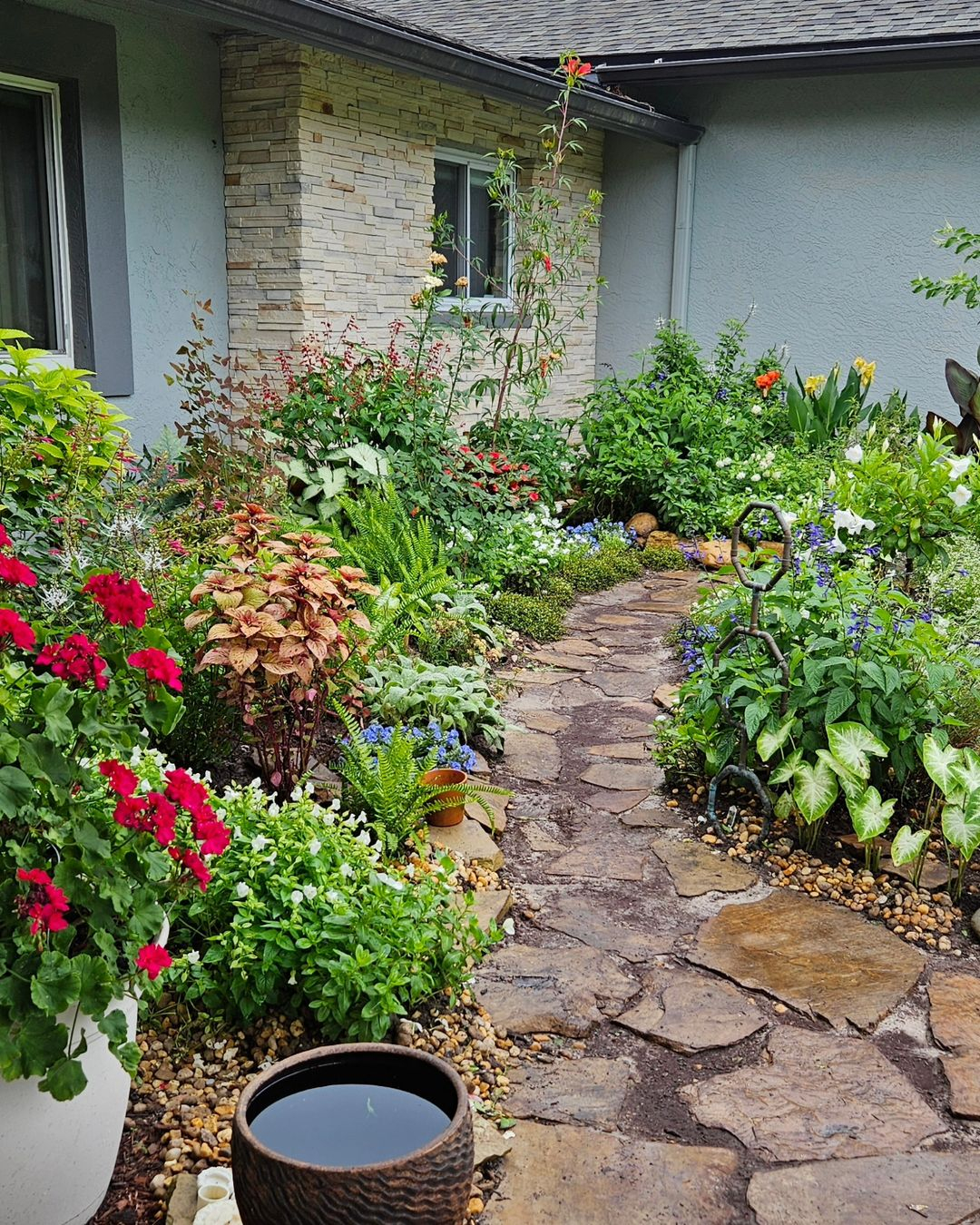
Even if you just have a small yard, you can turn it into a beautiful butterfly garden. With a simple layout and the right selection of nectar-rich plants, you can attract a variety of butterfly species to your outdoor space. Plus, adding a water source can provide butterflies with a place to drink and cool off. Butterfly garden layout from @gracies_garden_and_gifts
Incorporate pathways and seating areas
Next, you can design your butterfly garden by incorporating pathways and seating areas for observation. Adding pathways and seating areas will not only enhance the aesthetic appeal of your garden but also provide you with a comfortable spot to observe and enjoy the butterflies. Additionally, including a mix of nectar-rich flowers and host plants will help sustain the butterfly population throughout their life cycle.

Enchanting the butterfly garden with a gravel pathway lined with colorful wildflowers creates a whimsical and inviting atmosphere for visitors to explore. The gentle crunch of the gravel underfoot adds a sensory element to the experience, enhancing the natural beauty of the garden. Garden pathways from @thegardeningkind
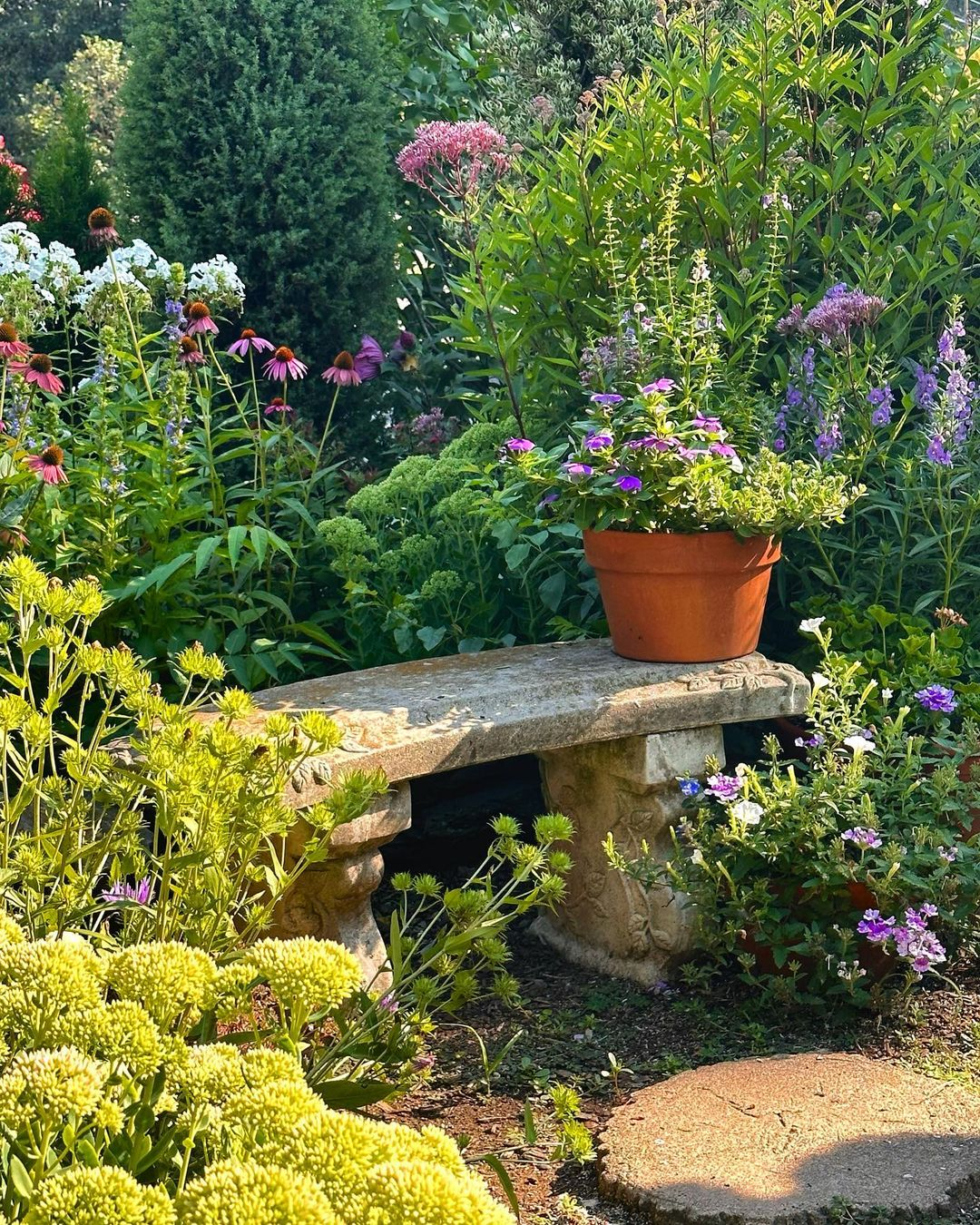
Placing a garden bench in the butterfly garden will provide a peaceful spot to sit and enjoy the beauty of the butterflies fluttering around. It will also enhance the overall aesthetic of the garden, creating a welcoming and relaxing atmosphere. Garden bench from @elmcottage1916
Implementing Sustainable Practices
Watering plants regularly and efficiently
To keep your butterfly garden still flourishing, you have to water plants regularly and efficiently. It will ensure the continued success of your butterfly garden. In this case, you can water your garden in the early morning or late afternoon to prevent evaporation and ensure that the plants receive adequate hydration. You can apply various watering tips, whether using a watering can, soaker hose, or drip irrigation system to help deliver water directly to the roots of the plants. So that, it will promote healthy growth and minimize water waste.
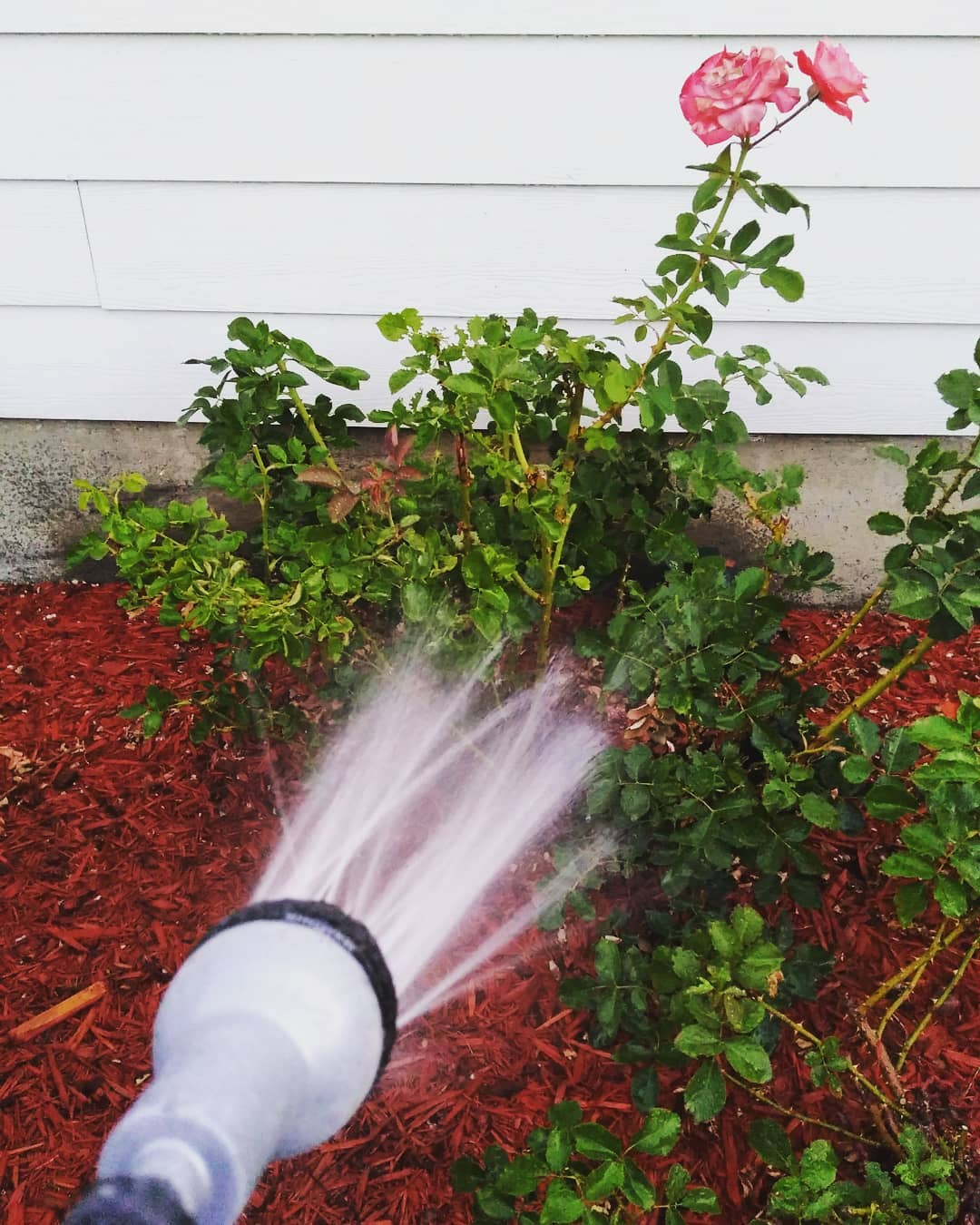
Watering roses in your butterfly garden will help keep the plants healthy and vibrant, attracting more butterflies to your garden. Be sure to water deeply and consistently to encourage strong root growth. Watering from @thursdaysmint
Using organic fertilizers
Using organic fertilizers, such as compost or manure, can provide essential nutrients to support the growth of your plants without introducing harmful chemicals into the ecosystem. This will help create a sustainable and eco-friendly environment for both your plants and the butterflies that rely on them for food and shelter. Overall, creating a sustainable and well-maintained butterfly garden will provide a beautiful and educational experience for both you and the butterflies.
Mulching
Another way, mulching can be done to reduce weed growth and retain moisture in the soil. This step can also help improve soil structure and prevent erosion, creating a healthier environment for your plants to thrive in. By incorporating these practices into your butterfly garden, you can contribute to the preservation of local ecosystems and support biodiversity in your area.
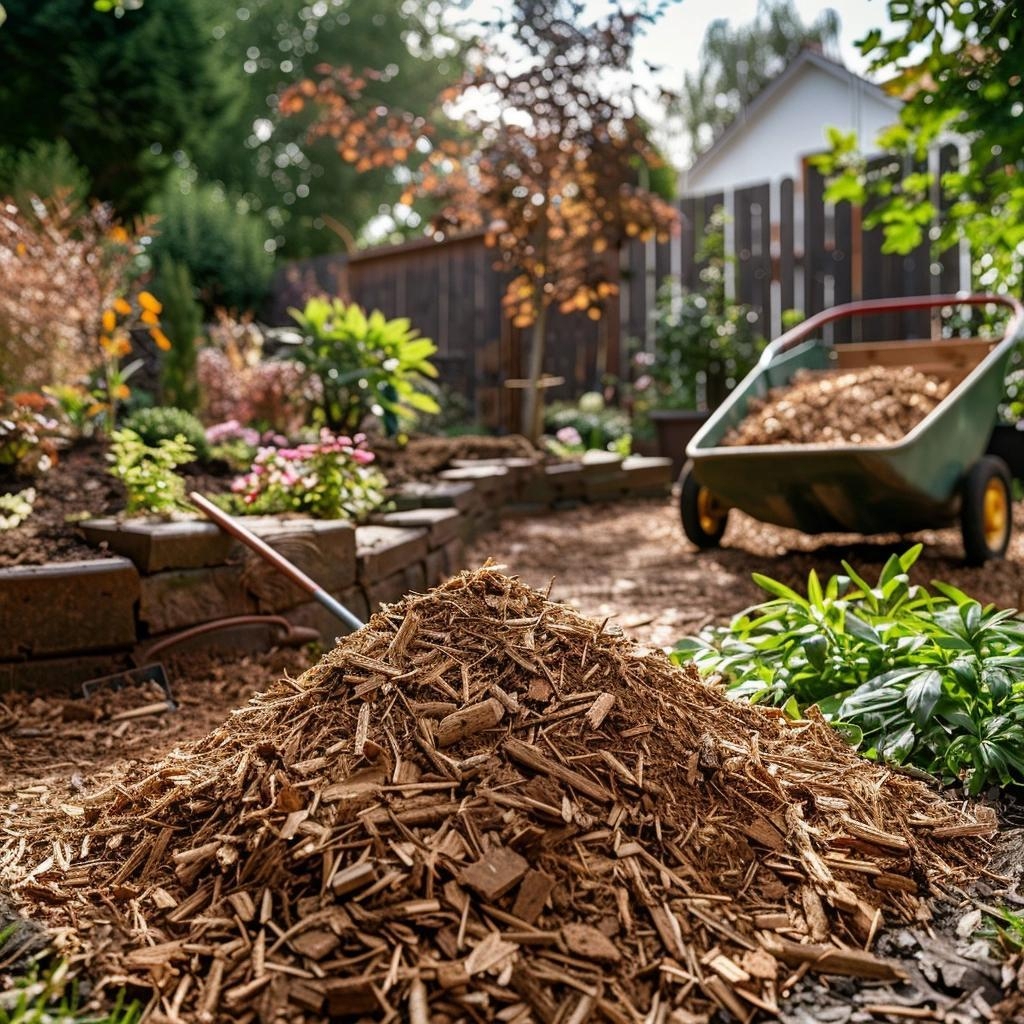
Mulching with barks will make the plants in your butterfly garden healthier and more resistant to weeds. It also helps retain moisture in the soil, reducing the need for frequent watering. Mulching from @aarquitetablog
Maintenance Tips for Beginners
Regularly checking plants
Furthermore, regularly monitoring for pests and diseases will help maintain the health of your plants and prevent any potential threats to the butterfly population. For example, you can inspect the leaves for any signs of damage or discoloration and take appropriate action to address any issues promptly. Additionally, implementing natural pest control methods, such as introducing beneficial insects or using organic pesticides, can help keep your butterfly garden thriving without harming the environment.
Pruning plants
Make sure to prune your plants to maintain their health and shape, as well as to encourage new growth and flowering. You can do this by removing dead or diseased branches, shaping the plant to your desired look, and cutting back overgrown areas. Pruning also helps improve air circulation and sunlight exposure, which are essential for plant growth and overall garden health. Remember to use clean, sharp tools to make clean cuts and avoid damaging the plants.
Keep the garden clean
And don’t forget to keep the butterfly garden clean and free of debris to prevent pest infestations. By regularly removing dead leaves and flowers, you can help maintain a healthy environment for the butterflies to thrive in. With this maintenance tip, you can ensure that the butterflies have a safe and welcoming habitat to visit and enjoy. Remember, a clean butterfly garden is essential for their well-being and longevity.
Creating a low-maintenance butterfly garden is a great way to attract these beautiful creatures to your yard while minimizing the amount of work required to maintain it. With these simple designs, even beginners can enjoy the beauty and wonder of butterflies in their own outdoor space.


